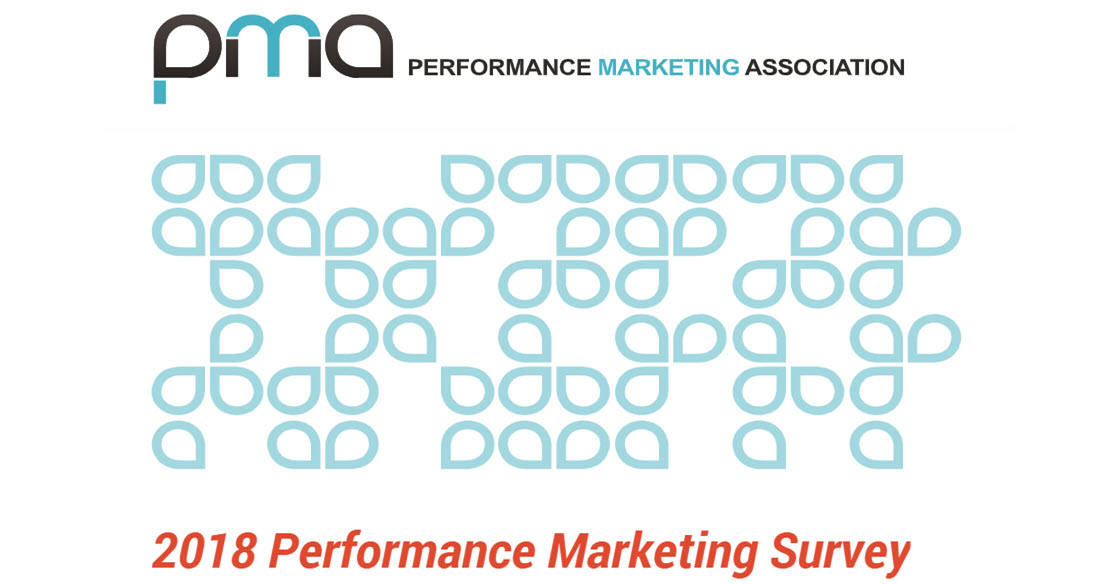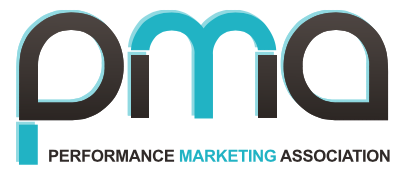
First-of-Its-Kind PMA Study Legitimizes Performance Marketing with Compelling Indicators

For more than 20 years, those on the inside of the performance marketing industry understood well the value of the channel. Executing on client strategies, seeing results every day, studying success tactics and scaling them, working the advertiser side and the publisher side and bringing the two together in a commerce-driving way, was a way of life. However, proving this value to those outside the immediate channel walls, was not such an easy feat and there was doubt—apprehension that may have prevented investment in the channel. How do I measure success? How do I track? How do I attribute? How and whom do I pay? However, having an empirical belief in the channel’s efficacy, its biggest supporters rallied on with a mission to prove that performance marketing was not only critical to any sophisticated marketer’s digital strategy, but that performance marketing lives at every stage in the buyer’s funnel, serving to assist in conversion time and again.
In a groundbreaking move, the Performance Marketing Association (PMA) will be releasing on August 7 the first-ever, industry-wide study that gathered data from eight of the leading affiliate/performance networks and platforms to get an accurate assessment of the overall size of the US performance marketing industry. As a PMA Board Member and Chair for the Council that organized the study and research, I couldn’t be happier to announce the findings to our industry.
PricewaterhouseCoopers (PwC) along with the PMA found the performance marketing channel’s adoption is legitimized by its measurability, trackability, attribution, compelling return on investment (ROI), and its ability to deliver a highly attractive return on ad spend (ROAS) compared to other digital channels. The study indicates that in 2018, US spend on performance marketing was over $6B with content affiliates and bloggers leading the way when it comes to performance marketing ad spend.
There has never been a study completed before that leveraged anonymized data from eight major affiliate networks and platforms (AWIN, CJ Affiliate, Impact, LinkConnector, Partnerize, Pepperjam, Rakuten Marketing, and ShareASale) coupled with publicly available data, PwC successfully determined the overall value of the performance marketing space which is comprised in excess of 200K businesses and individuals.
“Compiling these results required an unprecedented level of cooperation across the industry,“ Rachel Honoway, PMA Board of Directors President, says. “With a fair amount of trust and a common goal, our members came together to produce the one thing that this industry has lacked for decades: a concretely stated value.”
Key findings include:
- ROAS by Advertiser sectors including retail, automotive, clothing & accessories, consumer electronics, and consumer goods
- ROAS by Retail sub-sector
- Ad spend by affiliate type
The PMA report also identifies several trends including:
- Influencers
- Incrementality
- Mobile
Sign up for our webinar “Performance Marketing Study: 2018. Taking the Pulse of Performance Marketing in the U.S.” HERE on Wednesday, August 7th at 12pm EST.

 Follow
Follow
Pingback: Brand Spend on Affiliate Marketing in 2018 was Six Billion Dollars
August 1, 2019 at 5:01 pmPingback: Affiliate Marketing Industry News Roundup 8-6-2019
August 6, 2019 at 9:53 am